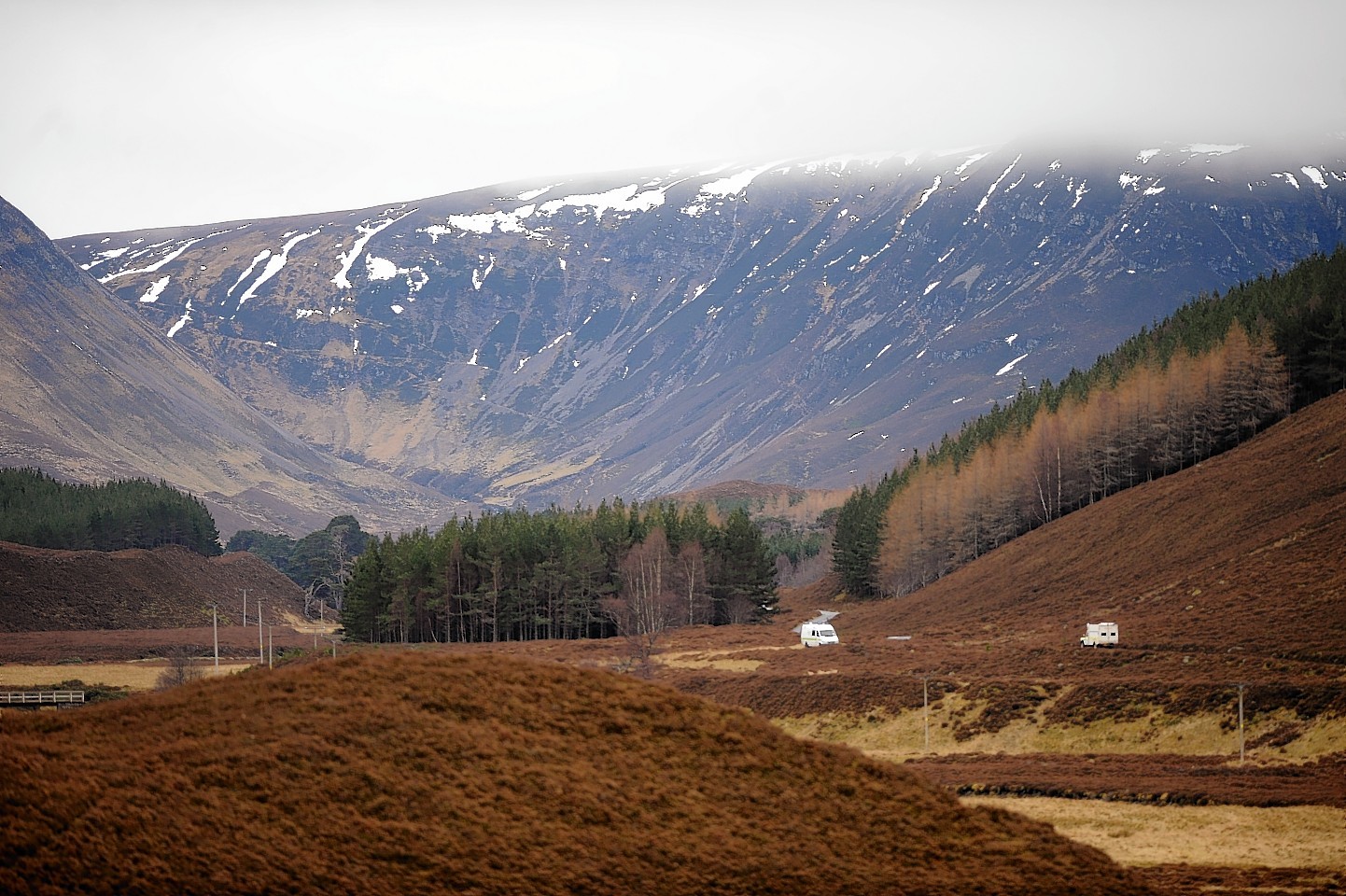Community land supporters have claimed legislation is needed to sweep aside “anachronistic” ownership patterns.
However, gamekeepers are worried many could lose their jobs and wildlife be destroyed if some of the recommendations put forward by the Land Reform Review Group are accepted by the Scottish Government.
David Cameron, chairman of people’s ownership group, Community Land Scotland, said the report contained a number of “very welcome” ideas for legislation to bring about a change to Scotland’s “anachronistic” ownership patterns.
“For too long a small elite have controlled too much of Scotland and it is long past time that more people and more communities had a direct stake in ownership of land and what that offers in fashioning a better and more just future,” he said.
Alex Hogg, chairman of the Scottish Gamekeepers Association, said while some proposals were sensible, the report was a “state-centred programme of recommendations” which, if implemented, would “greatly discourage private investment”.
“Naturally, this will place a major burden on Scottish taxpayers as we seek to re-circulate a smaller pot of money,” he said.
“If the state cannot foot the cost, our members’ jobs on the hills and rivers are at stake and, in our view, the wildlife Scotland treasures will be threatened.”
Political parties that advocate land reform said the implementation of the report will be a test for the Scottish Government.
Labour rural affairs spokeswoman Claire Baker said the report was encouraging “radical” thinking and “bold” action.
“If we are serious in delivering for communities and opening up the opportunities our land offers us, we need to see further progress on land reform and this report lays out a number of options on how to proceed,” she said.
“The question is now to what extent the government will be prepared to act.”
Green MSP Patrick Harvie said: “The Scottish Government’s response to this report will be a test of their ambition for a fairer Scotland.
“This is a comprehensive piece of work with many new ideas for addressing the concentration of wealth and land in our country.”
Scottish Conservative rural spokesman Alex Fergusson said: “The recommendations that there should be a limit on how much land anyone can own coupled with the suggestion of a land tax will strike fear in the heart of every single land owning Scot, whether they own 10 acres or 10,000.”
Rob Gibson, SNP MSP for Caithness, Sutherland and Ross, said: “Today’s report is a welcome contribution to the debate on land reform in Scotland and many of the recommendations have the potential to dramatically improve our relationship with the land – with resulting economic, environmental and social benefits.
“The report is also right to highlight the need to increase access to rural housing – this is a major issue in rural areas across Scotland.”
Douglas McAdam, chief executive of the landowners group Scottish Land and Estates, said the report was biased against private ownership and made a series of “unfounded recommendations” that would create more publicly funded bodies, increase bureaucracy and the burden on the public purse.
“We cannot see what the group is really trying to achieve with recommendations such as capping the amount of land anyone can own,” he said.
“The group is confusing the scale of ownership with appropriate land use. Someone owning 20 acres around a village can have much more of a monopoly of control over community land use in the local area than someone with thousands of acres of hill, rock and bog.”
